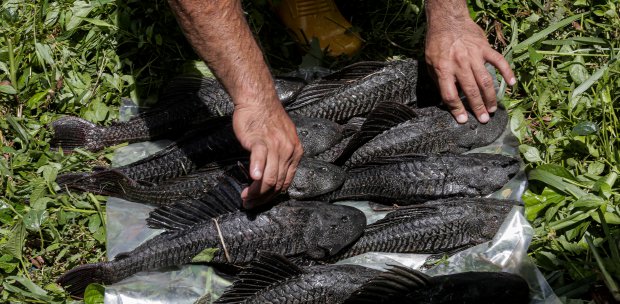Masjid Jamek has served Muslims in the capital for more than 100 years, and it has an interesting history to tell.
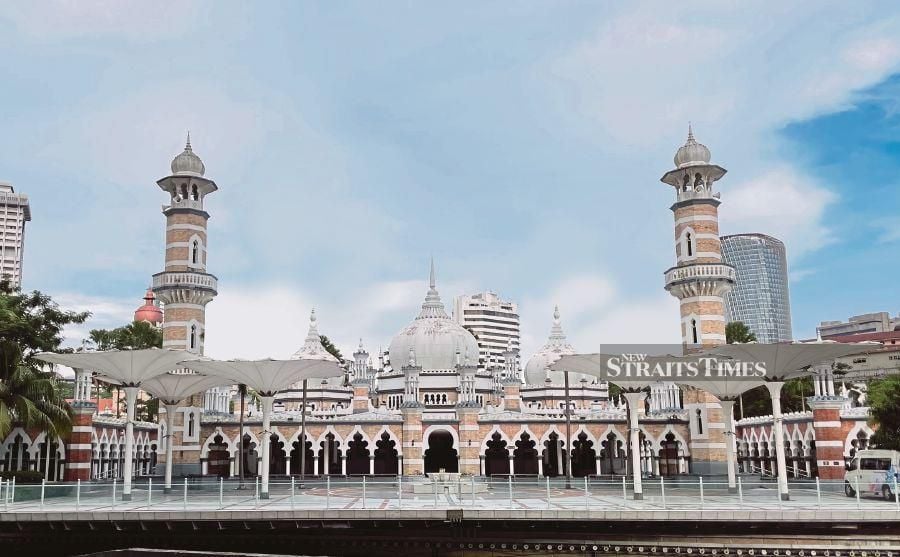
"DID you know that Masjid Jamek was not the first mosque to be built in Kuala Lumpur?" asks our guide Jane Rai of Free Walk Kuala Lumpur Unscripted, a privately sponsored initiative that offers tip-supported heritage-walk tours.
The 64-year-old Jane gives each of us a piercing look — all 11 journalists who are participating in the three-day Islamic Tourism Writer Workshop organised by the Islamic Tourism Centre.
Considering its strategic location in Jalan Tun Perak, right at the confluence of Sungai Gombak and Sungai Klang — the historical area known as one of the earliest settlements in the capital — my guess is as good as anyone else's. It is quite possibly the earliest mosque to be built the city.
"There was actually another mosque built in the area, way before Masjid Jamek was constructed, and it was located at the corner of Ampang Street and Java Street," Jane says without waiting for our answers.
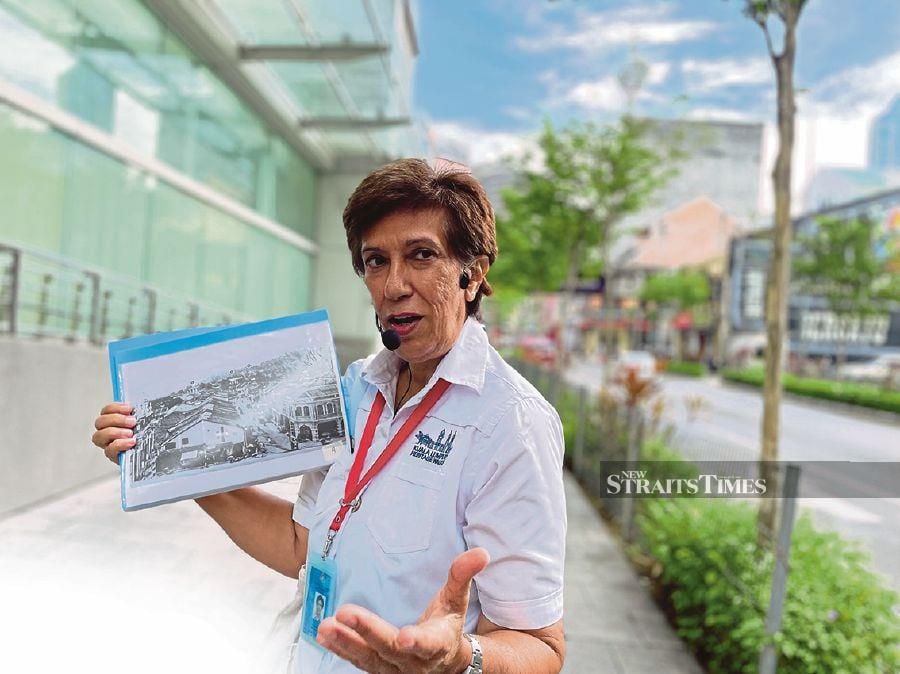
Java Street — now Jalan Tun Perak — was named after the Rawa settlements that once occupied the northern side of the river confluence.
Our walking tour, one of the activities organised for the workshop, kicks off from Lebuh Ampang near Pasar Seni, where we take a shortcut through an alleyway at the corner of Menara CCB (China Construction Bank).
Marching out of the alley like a proud troop of scouts, we reach the side of Sungai Klang overlooking the majestic mosque. This is our first stop.
"Here, in this very location, was where Java Street Mosque used to be located and it was one of the earliest mosques in the city that served the Malay community back in the 19th century.
"It was just a simple timber building and simply called Java Street Mosque," says Jane as she shows us a copy of an old photo of the mosque.
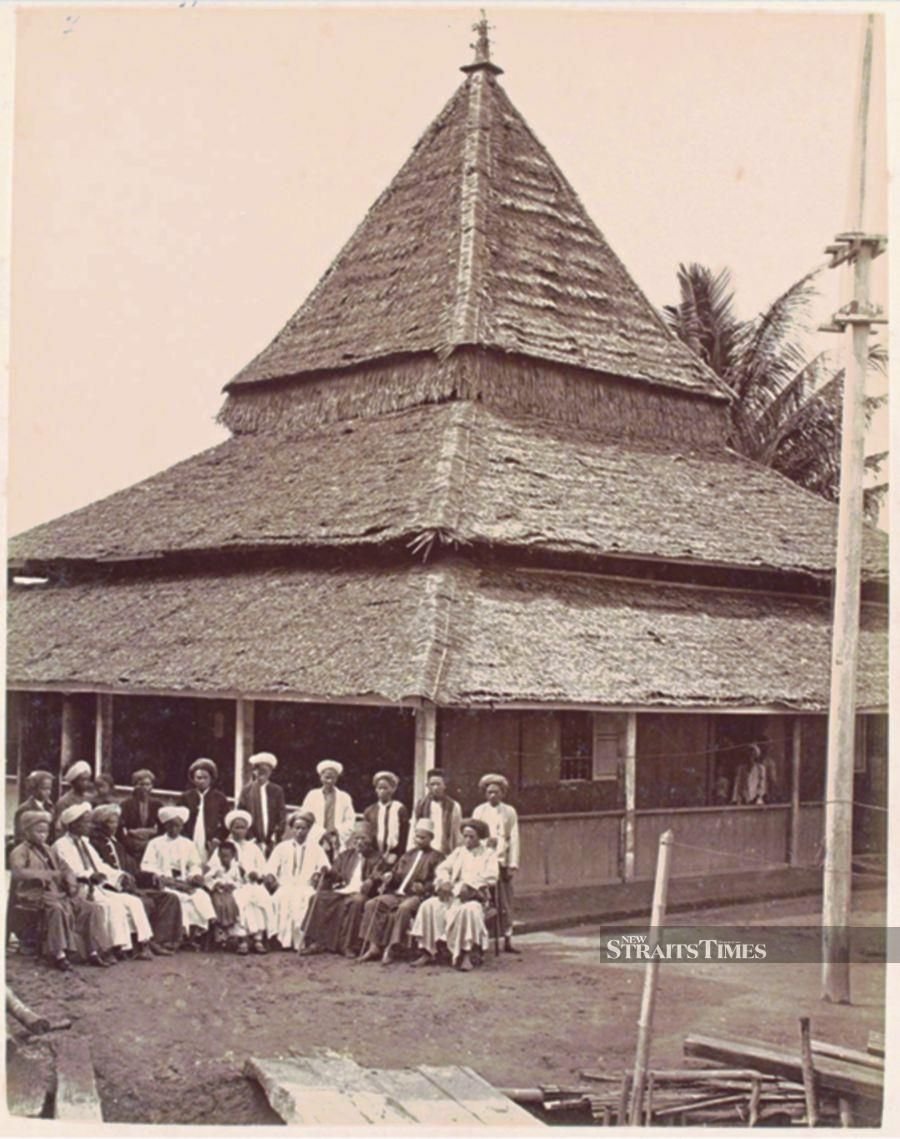
Yes, the wooden building was simple, but it had a distinctive Sumatran architecture, especially its pyramid attap roof.
However, the mosque was razed in the second Kuala Lumpur fire in 1881, and in the same year, the city was hit by severe flash floods.
Due to that, the British colonial administration, led by Frank Swettenham, decided to rebuild the administrative buildings in Kuala Lumpur with masonry instead of wood.
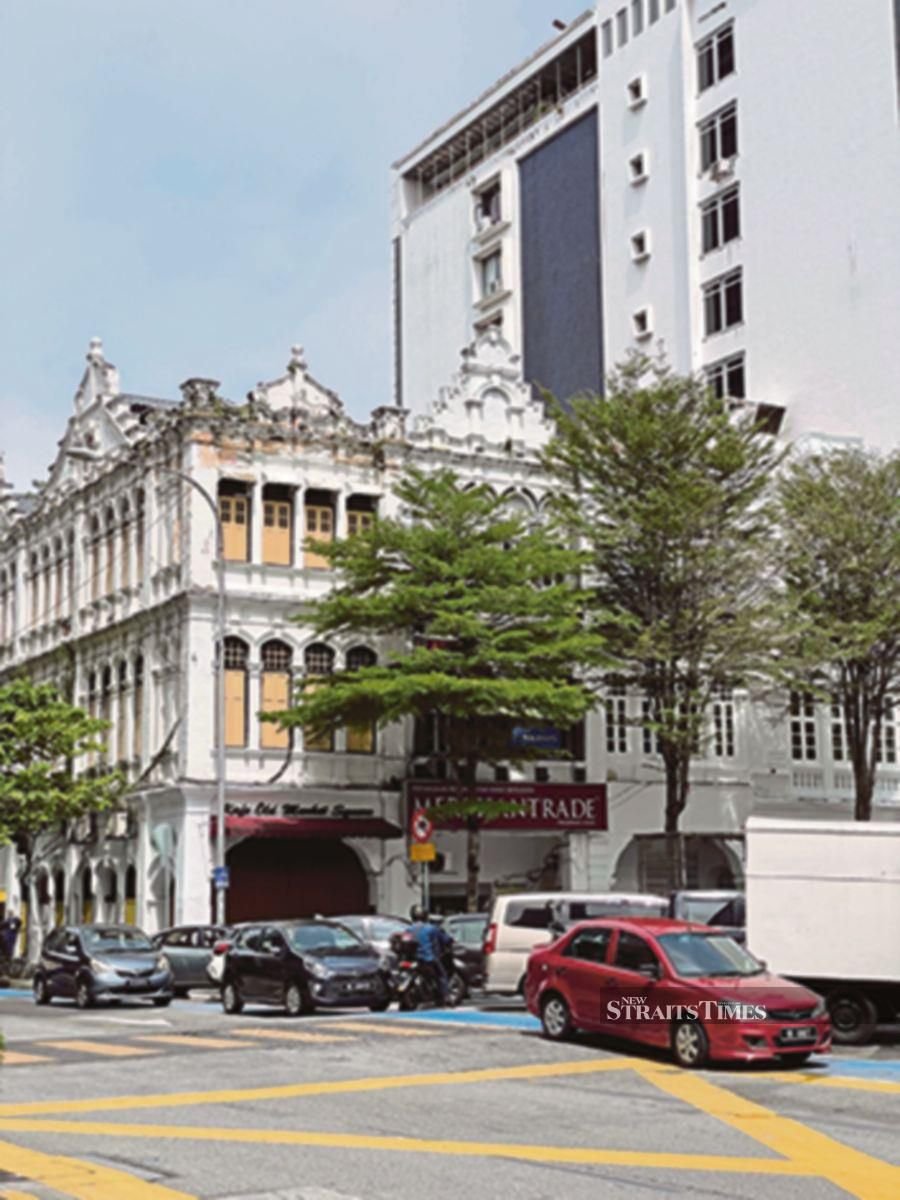
He also initiated a city reconstruction project to widen streets and even deepen the rivers to prevent floods.
Unfortunately, the widening of Java Street in 1902 also involved the acquisition of the land where the Java Street Mosque stood, and it had to be relocated somewhere else.
As part of the city's redevelopment early in the 20th century, a new and bigger mosque was proposed in 1908. A marble foundation stone was then laid at the new location where the current Masjid Jamek stands.

THE OLD QUARTER
We continue our walk along Jalan Benteng towards Jalan Tun Tan Siew Sin, coming to a stop at the crossroads.
"During the British colonial period, Jalan Tun Tan Siew Sin was known as Cross Street, a typical British road name" says Jane.
This area, she says, was the main centre of the old Chinese Quarter bounded by three main streets — Cross Street, High Street (Jalan Tun H.S. Lee) and Market Street (Lebuh Pasar Besar).
There have been five Chinese kapitan in Kuala Lumpur since 1858, but Jane says Yap Ah Loy — the third kapitan — is considered the one who had the most impact on the city's development.
It is very interesting listening to a passionate and knowledgeable guide like Jane as she shares such compelling background stories of the area, which was once the commercial hub of the nation's capital.
She also takes us to the classic pre-war shophouses that still retain their original facade.
She makes an effort to emphasise some landmark buildings, such as the Cycle and Carriage Co. Federal Stores founded by the Chua Brothers in 1899 at the High Street junction, and a shoplot with a bell-shaped logo in Petaling Street that used to be a pawnshop, the location of Yap Ah Loy's house.
The two-hour tour, entitled "Old Kuala Lumpur: East West Connection" ends at the western bank of the River of Life waterfront near Lebuh Pasar Besar.
From there, we proceed on a short stroll along the riverside to another iconic landmark, the Bangunan Sultan Abdul Samad, built in 1897 to house the offices of the British colonial government.
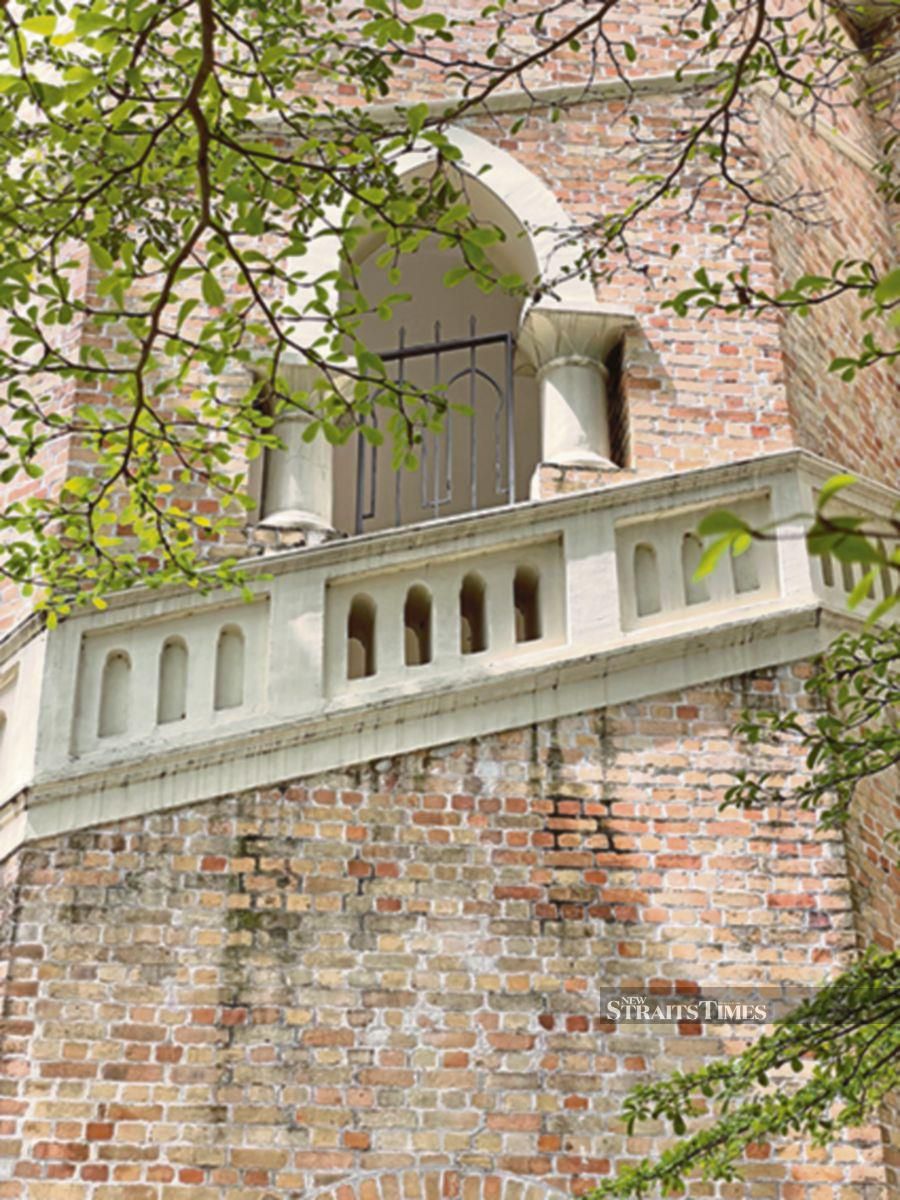
HOW IT WAS BUILT
After such an engaging tour with Jane, it is only fair for us to stop by Masjid Jamek and learn more about its history.
Here, volunteer guide Johan Manaf takes over and is ready to take us through the birthplace of Kuala Lumpur.
"This is where it all started, where Kuala Lumpur got its name," begins Johan. "
Kuala means confluence in Malay and in the past, the river here used to be shallow and muddy."
According to him, prior to the construction of Masjid Jamek, the site was used as a cemetery by villagers from the Malay kampung that had long existed in the area.
The triangular piece of land, which was actually the oldest known Muslim cemetery in the capital, had to be exhumed to allow the construction of the new mosque.
The mosque was designed by renowned architect Arthur Benison Hubback, who also designed many historical buildings in the city, including Bangunan Sultan Abdul Samad, the Federated Malay States Central Railways Offices (currently the National Textile Museum) and the Kuala Lumpur Railway Station.
Built in 1909, it has a distinguished Neo-Moorish architecture, similar to the Federal Secretariat building at the time.
Johan says the design of the mosque was influenced by the designs of northern India, such as the onion-shaped domes.

There are also a few Islamic patterns and Arabesque features that originated from the Middle East, including the semi-circular or horse-shoe pointed arches, as well as columns with its capital and base decorated with geometric patterns of floral motifs (another common feature of Islamic architecture).
He adds that the Moghul-inspired mosque was built with extensive use of imported materials, including Doulton tiles from the United Kingdom that were arranged to reflect the designs of prayer mats on the floor. We are lucky to get to see them during our tour.
Johan also shows us around the courtyard as well as the confluence corner, where people used to perform ablution using river water centuries ago.
"Those days, people came in by the river and docked their sampan at the foot of the stairs. The wooden dock posts are still there," he says.
The original hall can accommodate up to 400 people, but after a modern extension, it can accommodate close to 5,000 congregants today. The mosque is especially packed during Friday prayers.

"You can actually tell the difference between the old and the new parts of the mosque building by looking at the colour of the walls," says Johan, adding that the bricks on the original building are fainter compared with the new extended building.
Another fun fact about the mosque (which has been officially named as Sultan Abdul Samad Jamek Mosque) is that old coins (that could be worth a fortune today) were buried underneath the foundation stone to mark the beginning of its construction on March 25, 1908.
The construction of the mosque took about one year and nine months to complete, and it was opened by the fifth Sultan of Selangor, Sultan Alaudin Suleiman Shah, in late 1909.
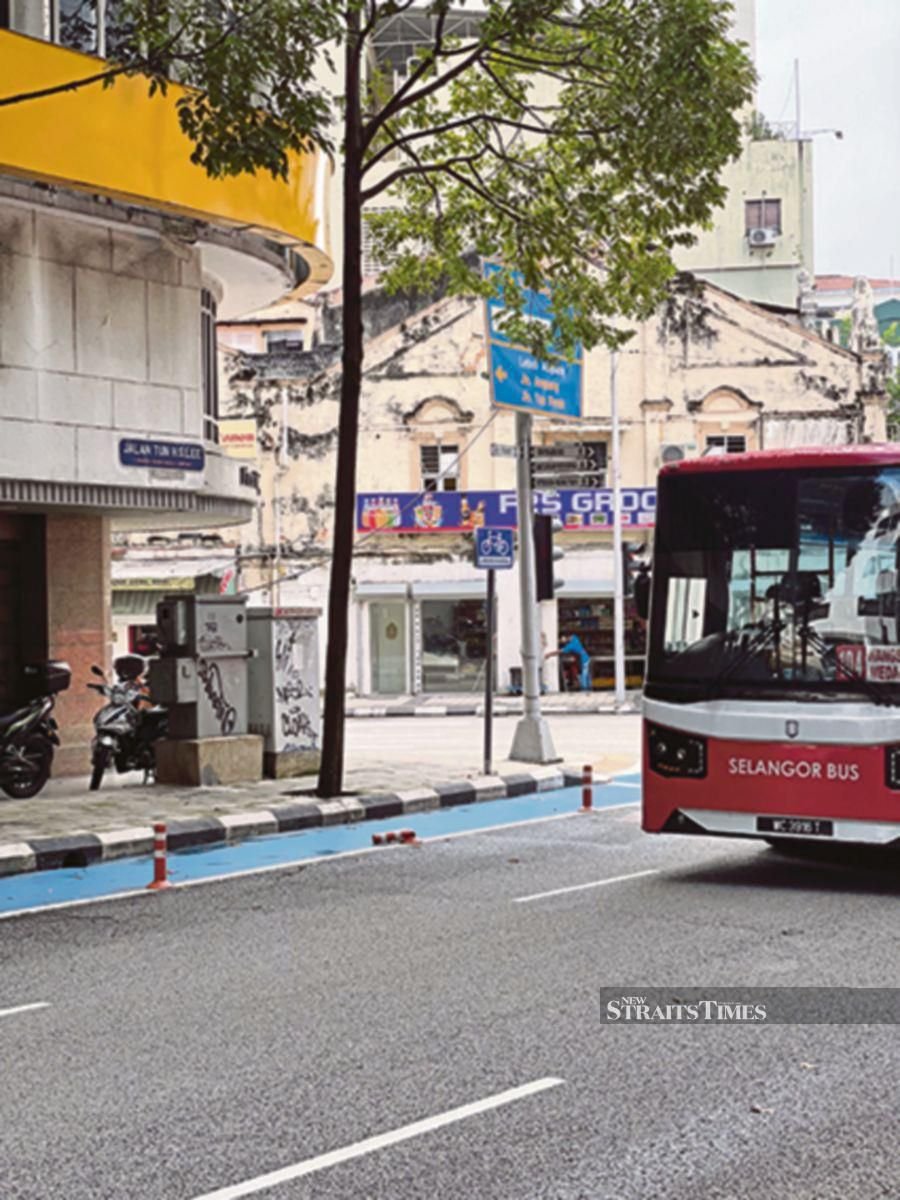
ALL UNDER ONE ROOF
From Sumatran to Moghul-inspired designs, I'm now determined to discover more unique mosques, but can I do it in one day? Of course!
Just 10 minutes drive away, less than 2km from Masjid Jamek, the Islamic Arts Museum Malaysia, which is located in front of yet another iconic mosque, the National Mosque.
Located on the first level of the museum, the Architecture Gallery hosts miniature exhibits a comprehensive collection of famous rare mosques from all over the world.
One that catches my eye is the Dar al-Islam Mosque in Abiquiú, New Mexico, the United States, which has a very natural characteristic as it is sustainably constructed using "adobes", which are sun-dried mud bricks.
Designed by leading vernacular architect Hassan Fathy, the American mosque is built in 1989 to accommodate the growing Muslim community in New Mexico, and features traditional sustainable designs.
The mosque was selected out of 2,000 Muslim structures in the United States to be exhibited in the gallery.
Back to the eastern part of the world is another exotic monumental mosque believed to have been founded in Xi'an, China, during the Tang Dynasty (618-906 AD), making it one of the earliest known mosques in East Asia.
Known as the Western Great Mosque, the Daxuexixiang Mosque in Daxue Xi Lane features regional designs in its architecture, with a cascading roof, freestanding gateways and a moon pavilion minaret.
Many may not even realise that the building is a mosque as it really looks like an imperial palace or a classic Siheyuan-style home, with vast open-air courtyards surrounded by high brick wall-fences, stone memorial archways and even a pagoda.
Although the mosque features quaint gray walls and roof, there are parts of the roof that are painted bright blue, giving it a vibrant characteristic. In the huge 7,000-square metre complex, there are prayer halls, a madrassa and a library.
It is also believed that Islam was introduced in China in 650 AD with the arrival of Sa'ad ibn Abi Waqqas, the uncle of the Prophet Muhammad (PBUH).
The Islamic architecture in China, however, demonstrates the synthesis between Islamic functional requirements and existing local architecture.
Besides these two, there are other amazing mosques with unique architectural designs showcased in the gallery, such as Ibn Tulun Mosque in Cairo, Egypt and Selimiye Mosque in Edirne, Turkiye.
The museum also houses other interesting exhibitions like the Quran and Manuscripts Gallery, Jewellery Gallery, Textile Gallery, Arms and Armour Gallery and the Ceramics Gallery.
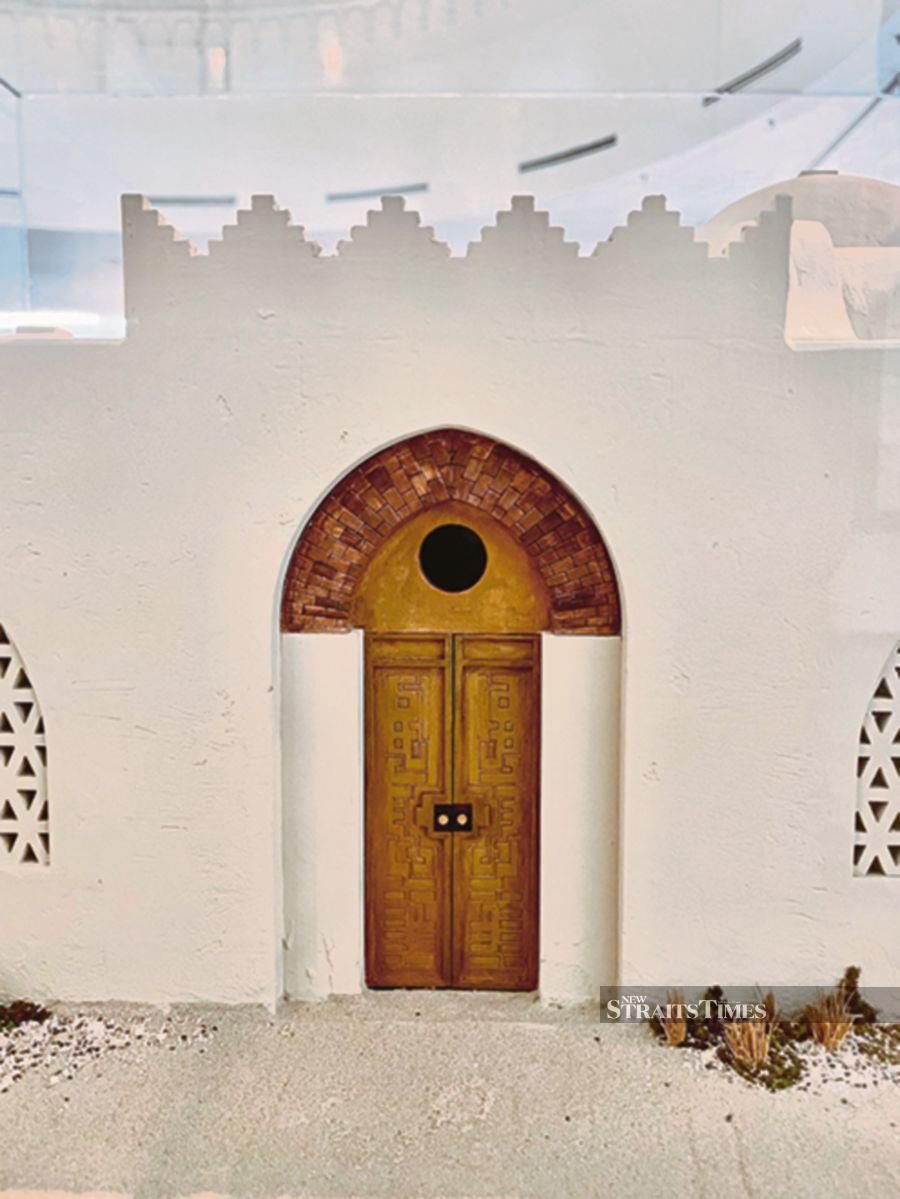
Redeem Klook Promo Code to enjoy price cuts on getaway bookings.




